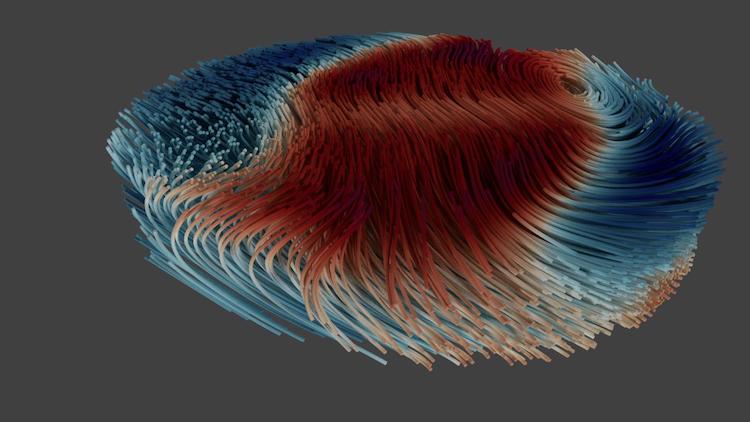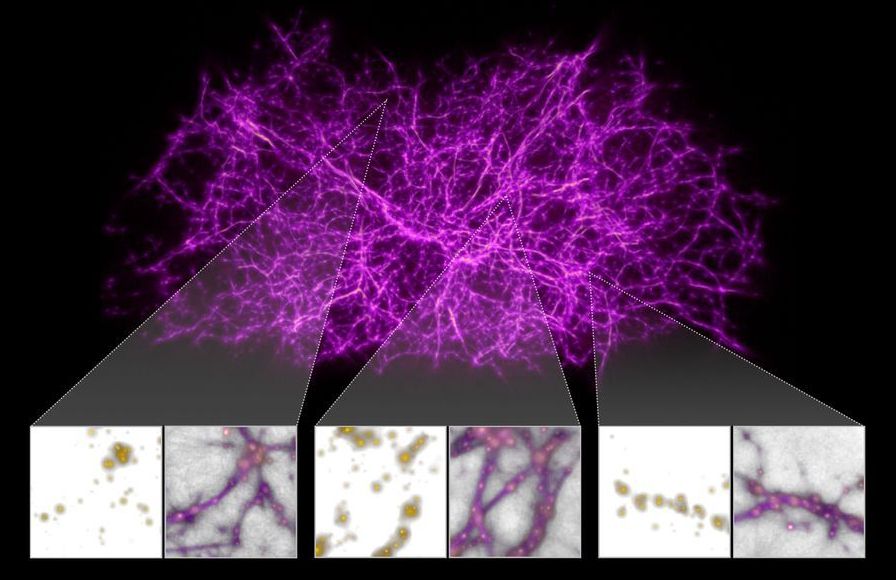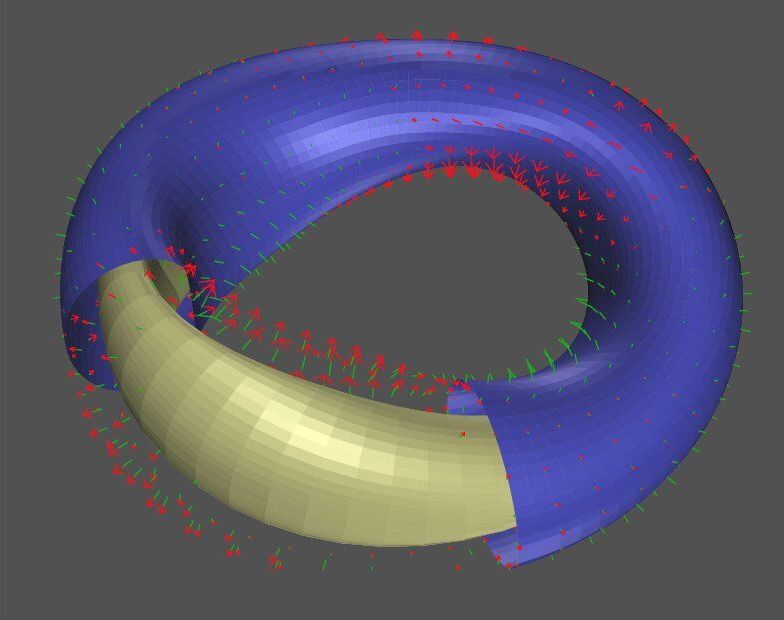The House is preparing to vote on Thursday on a coronavirus-relief bill that would provide Americans with paid sick leave, food assistance, free coronavirus testing, and more substantial unemployment benefits.
But Ocasio-Cortez pushed for a more sweeping response, including expanding Medicare or Medicaid to cover all Americans, a freeze on evictions, a universal basic income, ending work requirements for food-assistance programs, criminal-justice reform, and freezing student-debt collection.
“This is not the time for half measures,” she tweeted on Thursday. “We need to take dramatic action now to stave off the worst public health & economic affects. That includes making moves on paid leave, debt relief, waiving work req’s, guaranteeing healthcare, UBI, detention relief (pretrial, elderly, imm).”









